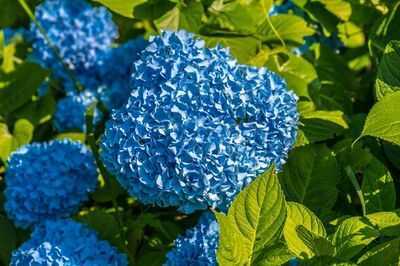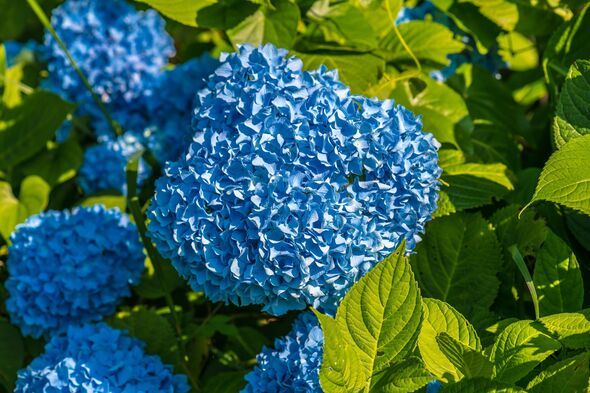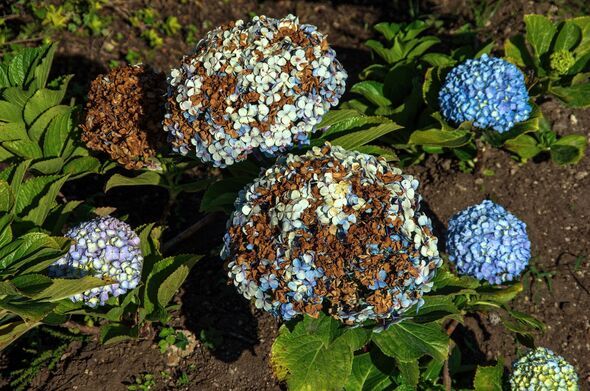

When summer's scorching heat hits, it's not just us who feel the burn; our beloved hydrangeas do too. Known for their lush foliage and stunning blooms in gardens, hydrangeas can struggle massively in intense hot weather. According to expert florist David Denyer from Eflorist, even a short burst of extreme heat can "cause lasting damage to plants".
But don't worry, as David has shared a few "life-saving" tips so your hydrangeas can "survive even the most intense summer heat". It's not just hydrangeas that will benefit from the following tips, they also apply to peonies, roses, begonias and of course newly planted bedding flowers.
One of the first "urgent" pieces of advice David has shared is that gardeners must water their hydrangeas during one of two very important times of the day.
He said, "Water before 9am or after 7pm. Midday sun evaporates water quickly and can even scorch foliage.
"Morning watering is ideal. It gives the soil time to absorb the moisture before heat sets in."
Given temperatures are set to pass 30 degrees this weekend, gardeners need to make this a priority.

When watering, the time of day is not the only important thing to make a note of. Gardeners need to water their hydrangeas "deeply and slowly".
David pointed out: "Surface watering doesn't cut it. Focus on slow, deep watering at the base of plants. For containers, make sure water reaches the roots by soaking the soil thoroughly."
This encourages roots to grow deeper into the soil, making the plant more resilient to drought.
Gardeners can go one step further by adding a layer of mulch around the base of their hydrangeas helps retain moisture and regulate soil temperature. Organic mulches like wood chips or straw work best.
The third tip advised by the plant pro was to provide shade for hydrangeas where possible. This involves moving potted plants to shaded patios, under trees, or behind taller plants or using garden fleece, parasols, or even an old sheet to shield delicate flowers for the day.
For those going away this weekend, there are still a few things that you can do to help your flowers. Start by watering everything deeply the night before leaving, as "saturated soil retains moisture longer".
As mentioned earlier, apply a thick layer of mulch (bark, straw, or compost) around the base of plants to lock in moisture and regulate soil temperature.